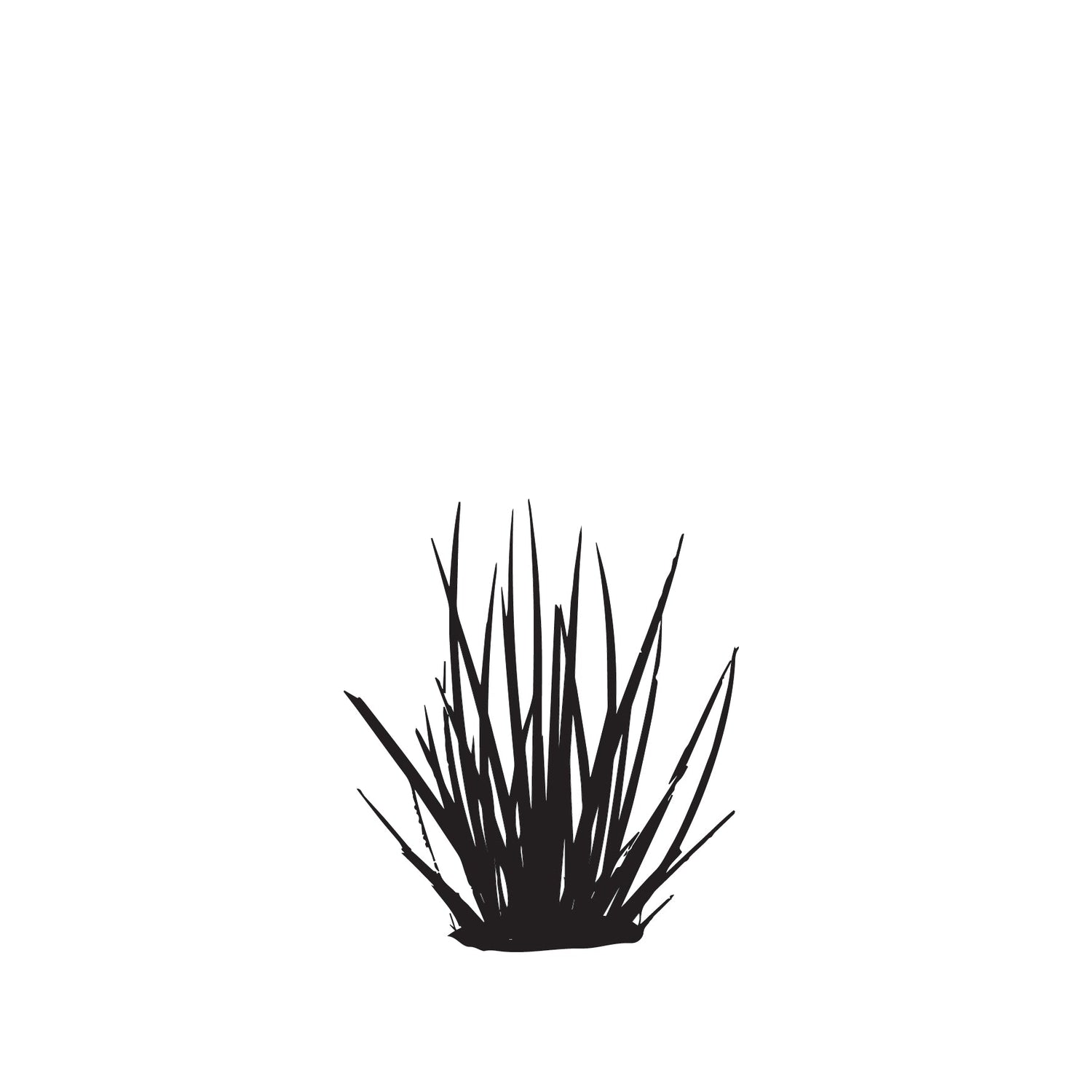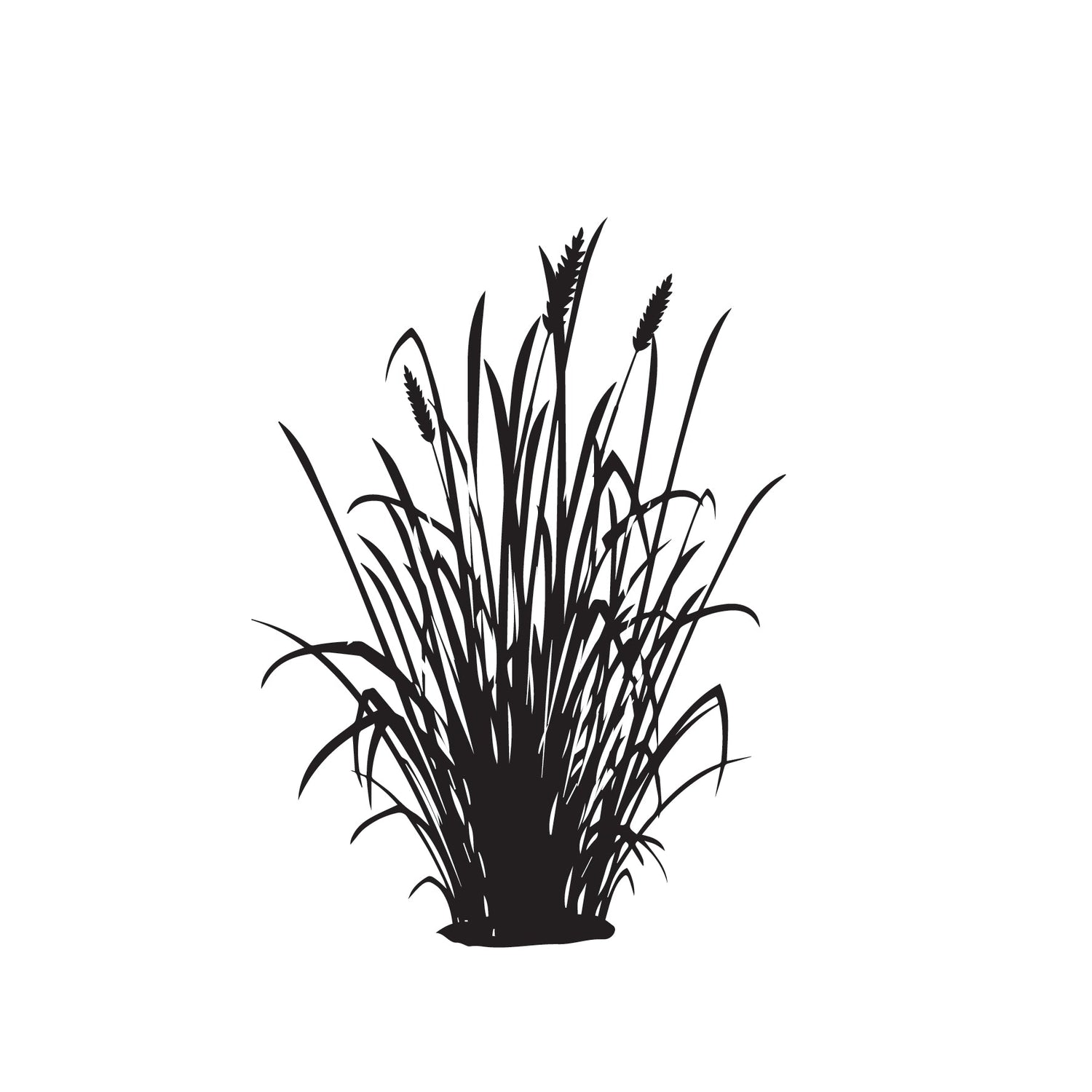Enhancing Your Garden with NZ Native Plants: Perfect Companions for NZ Flax
Share
New Zealand flax (Phormium spp.) is a stunning addition to any garden, renowned for its bold foliage and architectural presence. When planning your garden design, pairing NZ flax with native New Zealand plants not only enhances its natural beauty but also creates a cohesive and sustainable landscape. Native plants thrive in local conditions and complement flax's striking form and colors, resulting in a garden that celebrates New Zealand's unique flora. Here’s a guide to some native plants that pair harmoniously with NZ flax, adding diversity, texture, and a sense of place to your outdoor space.
- Cabbage Tree (Cordyline australis)
- Description: Cabbage tree is an iconic New Zealand native known for its palm-like appearance with long, sword-shaped leaves clustered at the top of its trunk.
- Complementing Flax: The upright structure and contrasting foliage colors of cabbage tree (green, bronze, or red varieties) create a striking backdrop or companion to NZ flax. They thrive in similar growing conditions, preferring well-drained soil and full sun.
- Uses: Plant cabbage trees alongside NZ flax in mixed borders, creating a focal point or adding height and structure to the landscape. They are also suitable for coastal gardens due to their tolerance to wind and salt spray.
- Hebe
- Description: Hebes are diverse evergreen shrubs or small trees native to New Zealand, known for their compact growth habit and colorful flowers.
- Complementing Flax: Hebes offer a range of foliage colors and textures, from glossy green to silver-gray leaves. Their compact size makes them ideal for planting alongside NZ flax in garden beds or containers.
- Uses: Use hebes as a low-maintenance ground cover beneath taller flax varieties or plant them in clusters for a pop of color. They attract pollinators and provide seasonal interest with their blooms.
- New Zealand Christmas Tree (Pohutukawa, Metrosideros spp.)
- Description: Pohutukawa is an iconic coastal tree in New Zealand, famous for its vibrant red flowers that bloom during the summer months.
- Complementing Flax: The striking red flowers of pohutukawa contrast beautifully with the foliage of NZ flax, creating a visually stunning display. Both plants thrive in coastal conditions and full sun.
- Uses: Plant pohutukawa trees as anchor points or focal features in gardens with flax borders or as standalone specimens. They attract native birds and add seasonal color to the landscape.
- Coprosma
- Description: Coprosma species are evergreen shrubs native to New Zealand, prized for their glossy leaves that range in color from green to variegated shades of yellow, orange, and red.
- Complementing Flax: The vibrant foliage colors of coprosma provide year-round interest and contrast with the bold foliage of NZ flax. They are versatile plants that thrive in various soil types and light conditions.
- Uses: Use coprosma as ground cover around flax plants or in mixed borders to add texture and color variation. They are drought-tolerant once established and require minimal maintenance.
- Astelia
- Description: Astelia species are distinctive New Zealand natives with long, arching leaves that often have silver or metallic hues, adding a unique texture to garden landscapes.
- Complementing Flax: Astelias complement NZ flax with their architectural form and silver or bronze foliage, creating a modern and sophisticated look. They prefer well-drained soil and partial shade.
- Uses: Plant astelias in clusters or as edging plants alongside flax, providing a contrast in foliage texture and color. They are ideal for contemporary garden designs and thrive in coastal environments.
Planting Tips for NZ Flax and Native Plants
- Placement: Consider the mature size and growth habit of each plant when planning their placement in the garden. Leave adequate space between plants to allow for growth and airflow.
- Soil and Watering: Ensure plants are planted in well-drained soil suitable for their requirements. Water newly planted specimens regularly until established, adjusting watering frequency based on local climate conditions.
- Maintenance: Monitor plants for pests, diseases, and nutrient deficiencies. Prune as needed to maintain plant health and shape. Apply a layer of mulch around plants to retain moisture and regulate soil temperature.
By pairing NZ flax with native New Zealand plants, you not only create a garden that reflects the natural beauty of the country but also supports local biodiversity and sustainability. These plants thrive in similar conditions and together, they enhance the visual appeal and ecological value of your outdoor space. Embrace the diversity of New Zealand flora in your garden design, and enjoy a landscape that is both stunning and environmentally beneficial.





